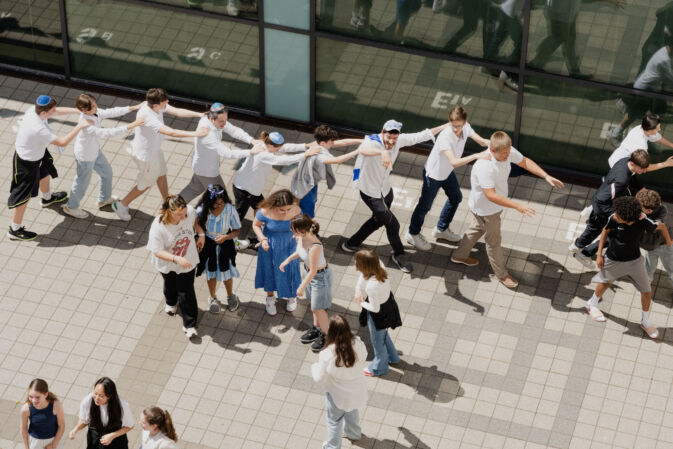Living Jewish Life Together
Community arises when we create space for shared experiences. Like the 6,300 members of our Jewish Community in Frankfurt, you can discover this in diverse, individual ways and become a welcomed part of it.
With facilities and offerings for all aspects of Jewish daily life, catering to every stage of life and situation.
Join us in making Jewish life truly vibrant
As one of the four largest Jewish communities in Germany, we are closely connected with Frankfurt's open and liberal possibilities. You will see how real, modern, and unifying this is when we open our doors to you: two kindergartens, nurseries, our daycare center, the Lichtigfeld School, our counseling center, a youth center, an elderly center, a senior living facility, the Jewish cemetery, three synagogues, and prayer rooms.
And that's not even counting our numerous events. What suits your Jewish life? How can we give you the wonderful feeling of being a welcome and vital part of our community?
Learn more about our organization and what we offer below

Download our community app